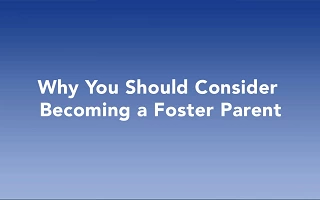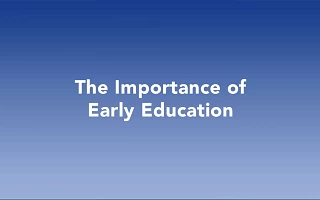If you're considering making a planned gift to a Catholic charity, then read on for some important things you should know.
Planned giving is a great way to support a Catholic charity while receiving tax benefits. There are many different types of planned giving, so there is something for everyone. And, with careful planning, you can maximize the impact of your gift and minimize your taxes. If you're considering making a planned gift to a Catholic charity, here are some things you should know.
What Is Planned Giving?
Planned giving is simply a process of making charitable gifts using tax-advantaged strategies. By using some of the following strategies, you can make a bigger impact with your gift and end up paying less in taxes.
There are many different types of planned giving, but one of the most common is to make gifts of appreciated stock or property. If you have stocks or other property that has increased in value since you purchased it, you can avoid paying capital gains taxes by donating the appreciated asset to a Catholic charity.
What Does Planned Giving Look Like?
Here's an example. Let's say you bought stock for $10,000 that is now worth $50,000. If you sell the stock, you will pay capital gains taxes on the $40,000 profit. However, if you donate the stock to a Catholic charity, you will get a tax deduction for the full $50,000 value of the stock and avoid paying any capital gains taxes.
This is an especially good strategy if you have assets that are likely to continue to increase in value. By donating them to a Catholic charity now, you can get a tax deduction for the full current value of the asset and avoid paying any future capital gains taxes on the appreciation. Of course, only those taxpayers entitled to a tax credit are eligible to receive them, and you may be required to provide documentation to substantiate your claim.
Planned giving is a great way to support a Catholic charity while receiving tax benefits. There are many different types of planned giving, so there is something for everyone. And, with careful planning, you can maximize the impact of your gift and minimize your taxes. If you're considering making a planned gift to a Catholic charity, here are some things you should know.
What Is Planned Giving?
Planned giving is simply a process of making charitable gifts using tax-advantaged strategies. By using some of the following strategies, you can make a bigger impact with your gift and end up paying less in taxes.
There are many different types of planned giving, but one of the most common is to make gifts of appreciated stock or property. If you have stocks or other property that has increased in value since you purchased it, you can avoid paying capital gains taxes by donating the appreciated asset to a Catholic charity.
What Does Planned Giving Look Like?
Here's an example. Let's say you bought stock for $10,000 that is now worth $50,000. If you sell the stock, you will pay capital gains taxes on the $40,000 profit. However, if you donate the stock to a Catholic charity, you will get a tax deduction for the full $50,000 value of the stock and avoid paying any capital gains taxes.
If you have any questions, you should check with a tax professional or consult Catholic Charities Planned Giving Director Angie (Evangeline) Tremble,








